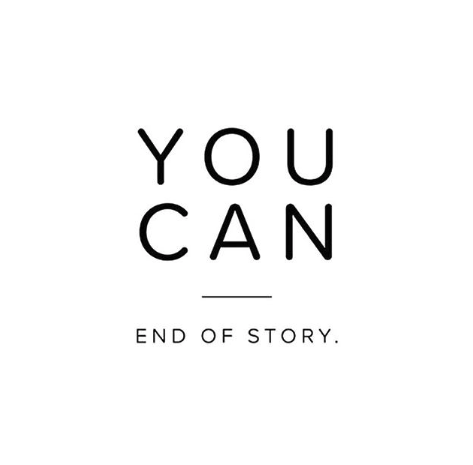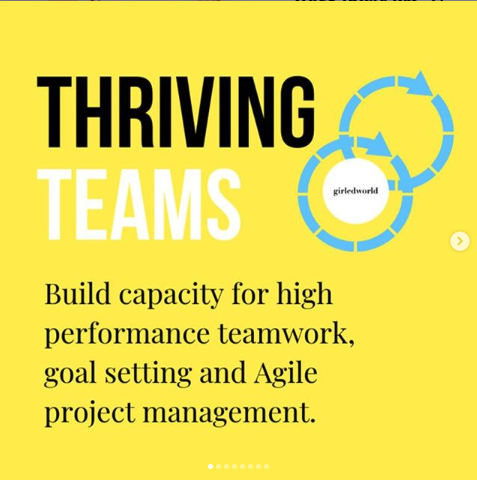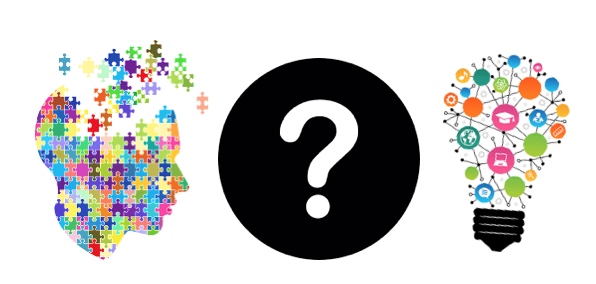SO What is Design Thinking ANYWAY?
Design Thinking is a process for creative problem-solving. It's a methodology often used by designers to solve complex (or wicked) problems through a stepped process in order to find desirable solutions for their clients (= humans who have problems they need solved).
In order to use Design Thinking, you need to use a design mindset which parks what you know and let's you instead go deeply into understanding the human you are solving problems for. You need to EMPATHIZE with their world, and notice what's happening for them, so you can best gather insights about their experiences.
Once you've gathered your insights about the problems you have observed you will need to DEFINE them. Kind of come up with a set list of the things you've observed, and patterns you've recognised, so you can then try and solve for the problems therein.
The next stage is to IDEATE (ie: brainstorm to come up with as many awesome solutions as you can to solve the problems on your DEFINE list).
You can THINK BIG here! Moonshots. The idea is you just get as many wild and wacky ideas out there as you can. Flex your creative muscle. Go nuts. Because the whole point of Design Thinking is that it pushes you to explore the possibilities of what could be, by drawing on logic, imagination, intuition, and systemic reasoning to create desired outcomes that will ultimately benefit the end user (the customer/human).
The next step is to build the solution: PROTOTYPE. Make it. But make it simple. And make it fast. Do it for under $100. Under $1 is even better! Use paper, wire-framing on a free web tool, sketch it, act it out. Whatever you do. Don't overcomplicate it. Just bring it to life as fast as you can because once you've built your PROTOTYPE you need to quickly get it into the hands of a human (customer) as soon as you can to TEST it.
Why? The human can tell you if it sucks, or not. They can also tell you if your solution is solving their problem well, or not at all. If it does solve quite well but not quite well enough, work with the human to change it (iterate), so it gets closer to what they need, and then ask them to TEST it again. If it still sucks, go back to the start of the process and see if you started with the right problem in the first place. Then step through the cycle again. Rinse and repeat. Til ultimately, you place in the hands of the human (customer) a solution so insanely awesomely customised just for the problem they needed solved, that they'll be begging you to keep it.
Voila. Simple as that.
Problem solved. Solution beautiful.
You now have a product worth making and shipping to the world!














